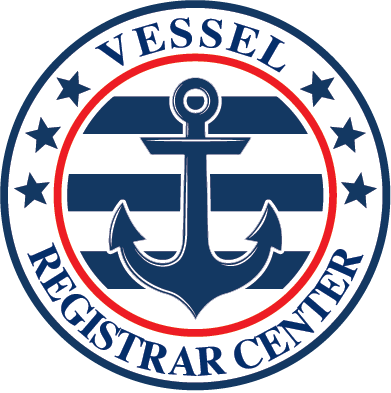When’s the Best Time to Renew My Vessel Documentation?
We recommend that you renew boat registration within 60 days of the expiration date on your Certificate of Documentation.
If you renew 60 days or fewer before your expiration date, your Certificate of Documentation will have the same expiration date in the following year.
Renewing earlier than 60 days before the expiration date is acceptable, but, you will be given a new expiration date in the following year. This new expiration date will be earlier in the year.
To use an example, if your Certificate of Documentation has an expiration date of November 30th and you decide to renew it in August, then the expiration date next year will be earlier than November. By doing this, you will “waste” money and time.
However, renewing your documentation 60 days or fewer before the expiration date maintains the same expiration date next year.
You can renew your vessel’s documentation for up to 30 days after the expiration date (at the risk of late fees). You cannot renew your Certificate of Documentation later than 30 days after the expiration date, you can only reinstate it.
For more, read Title 46/Chapter I/SubchapterG/Part 67 in the Code of Federal Regulations.
Use this link to renew vessel documentation.
You can use this to reinstate your boat documentation.
If you renew 60 days or fewer before your expiration date, your Certificate of Documentation will have the same expiration date in the following year.
Renewing earlier than 60 days before the expiration date is acceptable, but, you will be given a new expiration date in the following year. This new expiration date will be earlier in the year.
To use an example, if your Certificate of Documentation has an expiration date of November 30th and you decide to renew it in August, then the expiration date next year will be earlier than November. By doing this, you will “waste” money and time.
However, renewing your documentation 60 days or fewer before the expiration date maintains the same expiration date next year.
You can renew your vessel’s documentation for up to 30 days after the expiration date (at the risk of late fees). You cannot renew your Certificate of Documentation later than 30 days after the expiration date, you can only reinstate it.
For more, read Title 46/Chapter I/SubchapterG/Part 67 in the Code of Federal Regulations.
Use this link to renew vessel documentation.
You can use this to reinstate your boat documentation.




